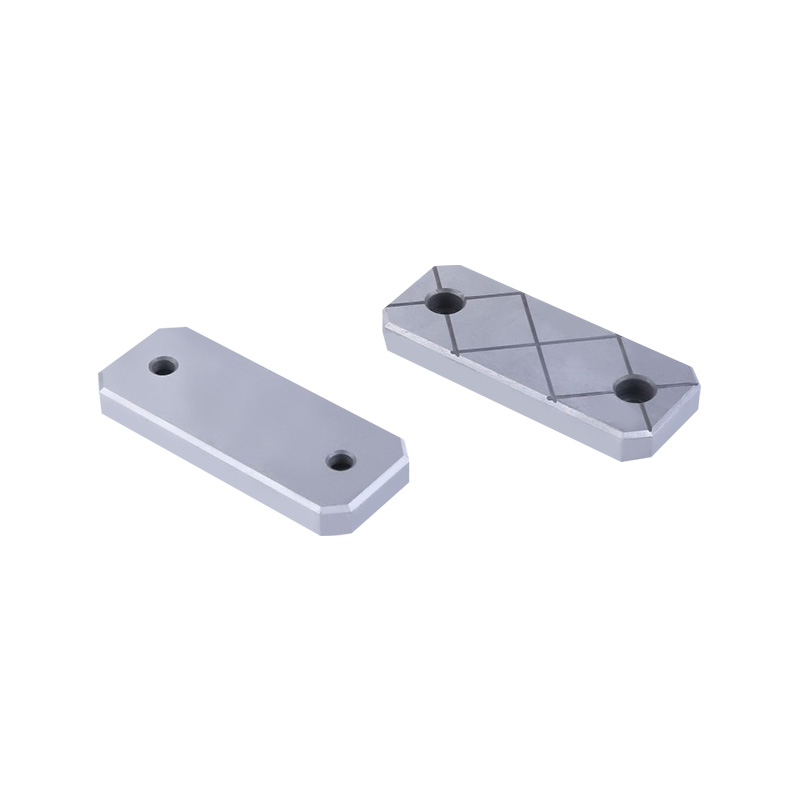Email: [email protected]
Mold Wear Block vs. Conventional Mold Inserts: What's the Difference?
In modern tooling and injection molding, every detail of the mold design plays a role in determining production efficiency, part quality, and overall tool life. Among the critical—yet often overlooked—components are the Mold Wear Block and the conventional mold insert. While they may appear similar in function or placement, these two elements serve different purposes and deliver distinct benefits depending on the mold’s application, design, and performance goals.
A Mold Wear Block is a specialized component designed to absorb wear in areas of the mold that experience high friction, contact, or repeated impact. Typically installed in guiding, sliding, or clamping areas, the Mold Wear Block protects more expensive mold components from direct contact and potential damage. Made from hardened steel or wear-resistant alloys, a Mold Wear Block can significantly extend the life of the mold by acting as a replaceable sacrificial surface.
In contrast, a conventional mold insert is primarily used to shape or form specific parts of a molded product. It is generally part of the core or cavity and may be removed for replacement or repair, particularly in the case of small features or part variations. While it does offer some wear resistance, the main function of a conventional mold insert is dimensional accuracy and feature formation rather than tool protection.
One of the key differences lies in their purpose. The Mold Wear Block is not directly involved in shaping the plastic component but instead ensures the mold functions smoothly and accurately over time. In areas where the moving core slides during every cycle, the Mold Wear Block takes the mechanical stress, preventing wear on alignment surfaces. A conventional mold insert, on the other hand, is subject to direct exposure to molten plastic and must resist thermal and chemical stress during each shot.
When it comes to maintenance, the Mold Wear Block offers a clear advantage. Because it is designed to be replaceable, maintenance crews can quickly swap out a worn Mold Wear Block without disassembling the entire mold or interrupting production for long periods. In contrast, replacing a conventional mold insert often requires more detailed work and recalibration of critical dimensions.

Cost considerations also play a role. While the Mold Wear Block is an additional component in the mold structure, its inclusion can reduce long-term tooling costs by protecting more expensive components. By absorbing damage that would otherwise impact structural or functional mold areas, the Mold Wear Block helps preserve the integrity of the core mold structure. The conventional mold insert, though essential, is not designed to act as a wear barrier and often needs more frequent refurbishment if exposed to mechanical strain.
Design flexibility is another advantage of the Mold Wear Block. Engineers can strategically position the Mold Wear Block in high-wear locations—such as slide tracks, lifter surfaces, or parting lines—to minimize damage and improve alignment. This adaptability allows mold designers to target specific problem areas, improving both longevity and product consistency.
In summary, while both components are vital to the molding process, the Mold Wear Block and conventional mold insert serve different but complementary roles. The Mold Wear Block protects, extends mold life, and simplifies maintenance, while the conventional mold insert ensures part geometry and detail are accurate. Understanding the distinctions between these two elements can help mold makers, engineers, and manufacturers improve mold performance and optimize long-term production outcomes.
As the industry moves toward higher efficiency and longer mold life cycles, the Mold Wear Block is becoming a standard feature in many mold designs. Its value lies not just in protection, but in predictable maintenance planning and reduced downtime—two priorities in any high-volume molding environment.
Get in touch
Related recommendations
